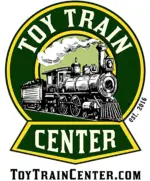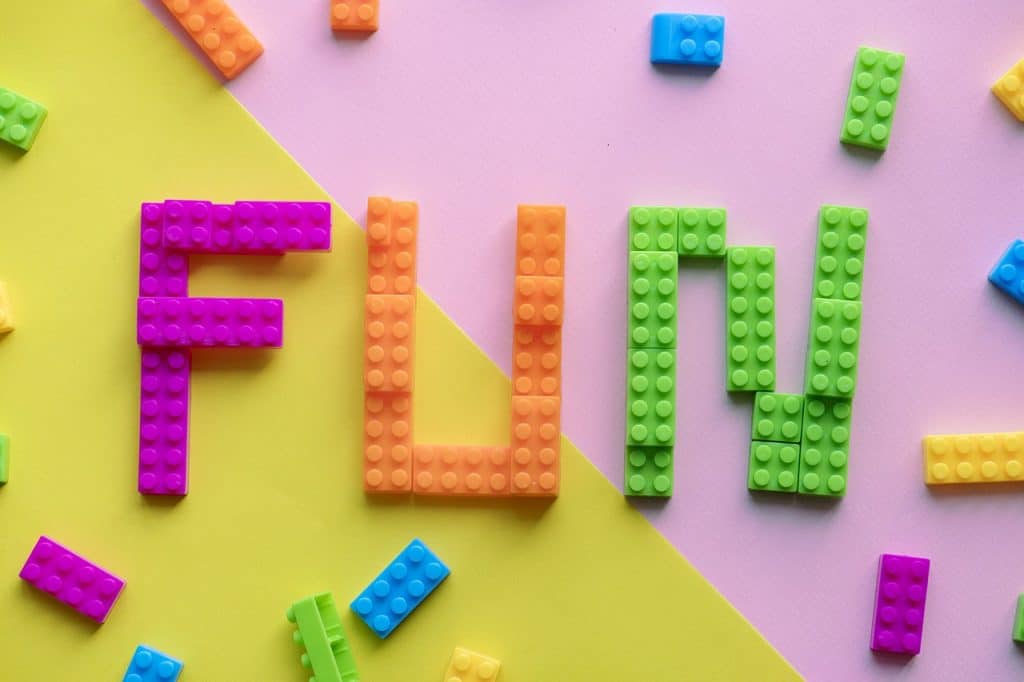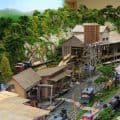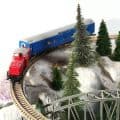Children learn through play – it is a concept that is as old as time – and what better way to play then with toys. Toys have also been around forever, starting with things like bows and arrows, and moving right on up to the most intricately designed robot of today.
While toys may have been created to educate children, adults can have fun playing with them, too. What makes a toy educational? According to 1700s philosopher, John Locke “educational toys could enhance children’s enjoyment of learning their letters” – he is credited with creating the first wooden toy blocks with letters on them.
Educational toys are often intended to meet a purpose, such as helping a child develop a particular skill or subject. An educational toy is supposed to educate and develop a child’s mind – and somewhere along the way to be fun, too.
To that end, there are many toys out there that meet this definition of “educational.”

Building blocks of education
As mentioned previously, John Locke created the first wooden toy blocks with the alphabet on them. Today’s blocks come not only in wood, but in plastic and other materials, as well.
Some companies make the blocks not only with the traditional letters and numbers, but featuring foreign languages, chemical elements, and math patterns.
Other favorite examples of educational blocks include:
- Tinkertoys: Created in 1913 by Charles Pajeau, the TinkerToy was supposed to be reminiscent of Pythagorean’s right-triangle theory. Children created all sorts of abstract structures with them and Cornell University even used TinkerToys to create a robot within 1998. Today’s TinkerToy sets come in a 65-piece variety, a 200-piece variety, a 100-piece essential value set, and a pink value set. They are now made with non-toxic plastic and are designed in different shapes instead of the one round shape with holes in it.
- Lincoln Logs: Lincoln Logs were invented in 1916 and are still a favorite toy. They come in a 100th anniversary tin (from 2016), and a collector’s edition village and a few other sets kids can put together – or just create your own designs.
- Keva Planks: With Keva wooden planks, every piece is the same – about 1/4 inch thick, 3/4 inches wide and 4 1/2 inches long. There is no glue or connectors – you build by stacking the planks. They can even be stacked upright. In addition, Keva planks can be used at all levels of education, from early childhood to college. The Web site offers lesson plans for using the blocks in arts, to learn languages, geography, and with special needs instruction.
- Ancor-Stone blocks: These stone blocks come from Germany and are made from quartz, sand, linseed oil, and chalk. They come in building sets with instructions, starter sets, and extension sets.
Chemistry sets for the young – and not so young

The classic chemistry sets that our parents experimented with have now been improved. There are several educational, science-based sets being produced; here is a sampling for all ages:
- “Kid’s First” by Thames & Kosmos teaches the very young the fundamentals of chemistry with basic hands-on experiments.
- Thames & Kosmos Chem C500 moves up to focusing on reactions and differences between solids, liquids, and gasses. It also introduces young chemists to electrochemistry with salts and metals.
- Thames & Kosmos ChemC3000 contains supplies and equipment for more than 300 experiments. The kit is designed for youth at the high-school level and provides a detailed and intricate experiment manual. Teens will cover general chemistry with this kit, as well as organic chemistry, chemical equations, and atomic structures.
Not your parent’s Lego toys

Lego remains popular after almost 86 years of being on the toy market. A brief history of Lego toys includes the actual Lego brick – which has been named “Toy of the Century” by the National Toy Hall of Fame in Rochester, N.Y. – and which remains Lego’s best-loved and best-selling toy.
The interlocking block with its circular tubes offers numerous building possibilities. Most of us still remember having a big box of Lego and sitting for hours just building and playing.
Today’s Legos include not only the traditional blocks and larger preschool options for kids but many advanced options for the older kid inside of you. For example, the Lego Ideas line offers advanced and intricate Lego sets to build, such as a ship in a bottle.
The ship in a bottle includes the Lego pieces to build the ship, a bottle you can seal the ship into, and a display stand. In addition, there is a classic car line to build hobby sets of such cars as the Aston Martin or the Bugatti Chiron.
You can also create buildings, such as the Taj Mahal and the Hogwarts castle, all with Creation Sets from Lego.
Lego has also gotten into the 21st century through interactive games and apps. It hosts several Science, Technology, Engineering and Mathematics (STEM) toys that enable children to learn through play. For example, there are intricate robots that come with programmable motors and sensors that enable the robots to walk, talk and more. They also have Lego train sets available for trainiacs.
It used to be that toys, such as the old-fashioned wooden Abacus with the beads that you slide back and forth, were called “technology.” Today, that phrase comes with a whole new meaning – and toys for every age that use technology in new and wonderful ways.
- For the Star Wars fanatics, there is the Littlebits Star Wars Droid inventor kit that allows you – and your child – to build an R2 unit of your very own.
- For children as young as three, there are great mini-laptops by LeapFrog that offer alphabet and numbers learning, as well as trivia and basic reading skills.
- Kano makes a complete build-your-own computer kit that is bundled with software so that once you are finished building it, you can start programming or play games.
- And there is Raspberry Pi, which is being used by teachers and students, and is purported to be it inexpensive option promoting the teaching of computer science and programming skills in low-income schools. It isn’t fancy and looks like a computer board, and keyboards, mice and cases are sold separately. The latest version, the Pi3, retails in the U.S. for about $35 each.
This was just a sampling of what is out there for moms, dads, and kids alike, proving that educational toys are not just for kids anymore, but for their parents, too.
Below are the top 10 STEM toys you can get for you and your child the holidays and weekends to come:






